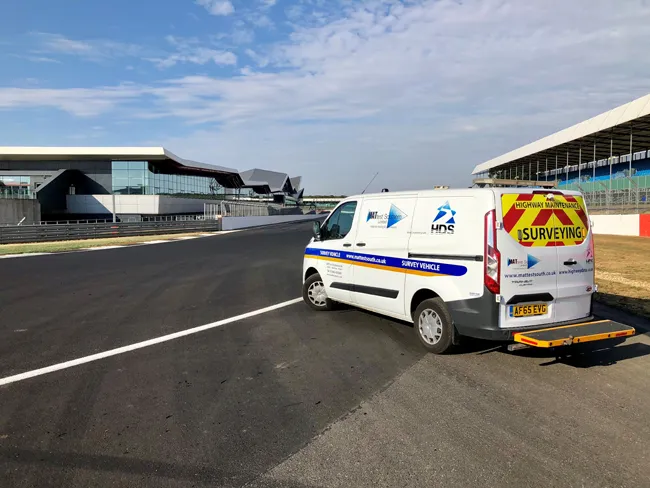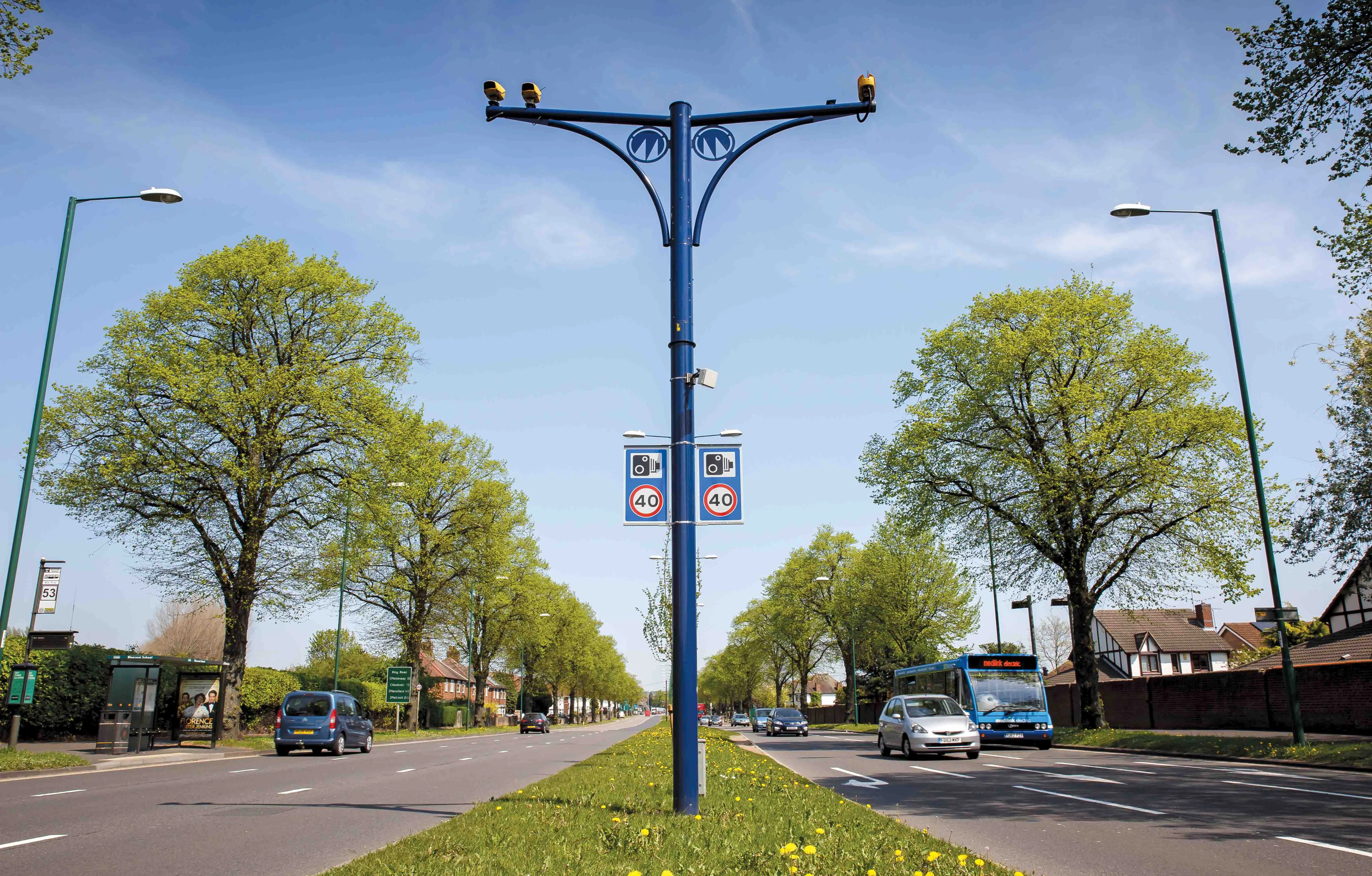Children are at serious risk on Europe’s road network. This is the finding of a new report from the
The
The ETSC claims that solutions exist and that measures that can reduce speeding are critical to preventing the deaths of more children. As a result the ETSC is calling for the EU to require vehicle safety technologies such as Intelligent Speed Assistance (ISA) and Automated Emergency Braking (AEB) that can detect pedestrians and cyclists to be fitted as standard on all new cars.
Antonio Avenoso, Executive Director of ETSC said, “Smart, cost-effective and proven vehicle safety technologies such as Automated Emergency Braking and Intelligent Speed Assistance could be as important for saving kids lives as the seatbelt. But the real change will only come when, just like with seatbelts, these technologies are fitted on every car as standard, not as an optional extra on a select few.
“Not a day goes by without a politician or a carmaker promising that autonomous cars will solve the road safety problem. But if that day comes, it will take decades. By 2030 perhaps there will already be a few million automated cars on the world’s roads, compared to more than a billion other vehicles, many of which will be those leaving factories this year. There is a grave risk that governments ignore the huge safety benefits that can be achieved by installing proven driver assistance technologies today.”
The report also shows that absent, inappropriate or incorrectly fitted child seats remain a significant problem across the EU. According to the World Health Organisation, correctly installed and used child restraints reduce the likelihood of a road death by up to 80%. ETSC is calling for better education, more enforcement and reduced taxation on child seats – permissible under EU law, but so far only put in place by Croatia, Cyprus, Poland, Portugal and the UK.
The ETSC is also calling for EU Member States to introduce well-enforced 30km/h zones in areas with high levels of walking and cycling, and around schools.
The data show that Sweden has the lowest rate of child road deaths in the European Union. At the other end of the spectrum, children in Romania are seven times more likely to die in a road collision. A number of EU countries have also reduced child road deaths faster than other road deaths over the last decade including Hungary, Croatia, Greece, Portugal, The Netherlands, Spain and the UK in particular.
Making roads safer for the young
Children are at serious risk on Europe’s road network. This is the finding of a new report from the European Transport Safety Council (ETSC). According to the ETSC’s analysis of crash data, more than 8,000 children aged 0-14 years have been killed in road traffic collisions over the last 10 years in the European Union. Half of the children killed were travelling in cars, a third were walking and 13% were cycling, with one in every 13 child deaths in the European Union being the result of a road collision.
February 27, 2018
Read time: 3 mins







